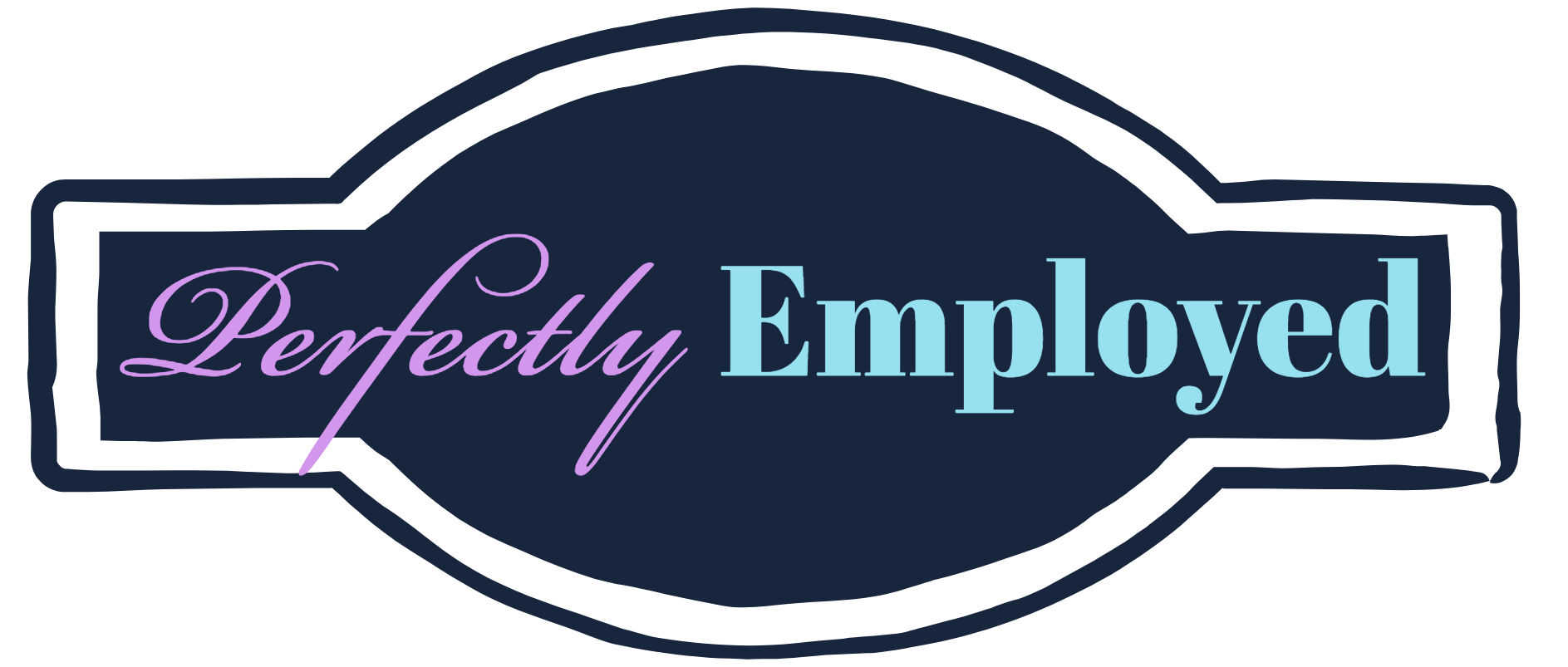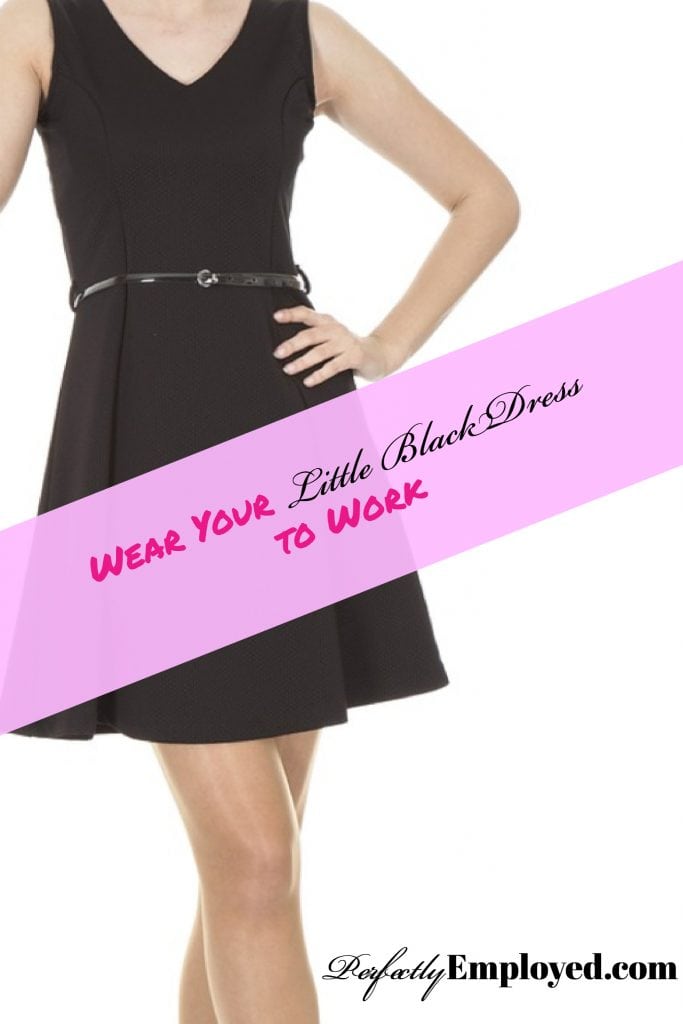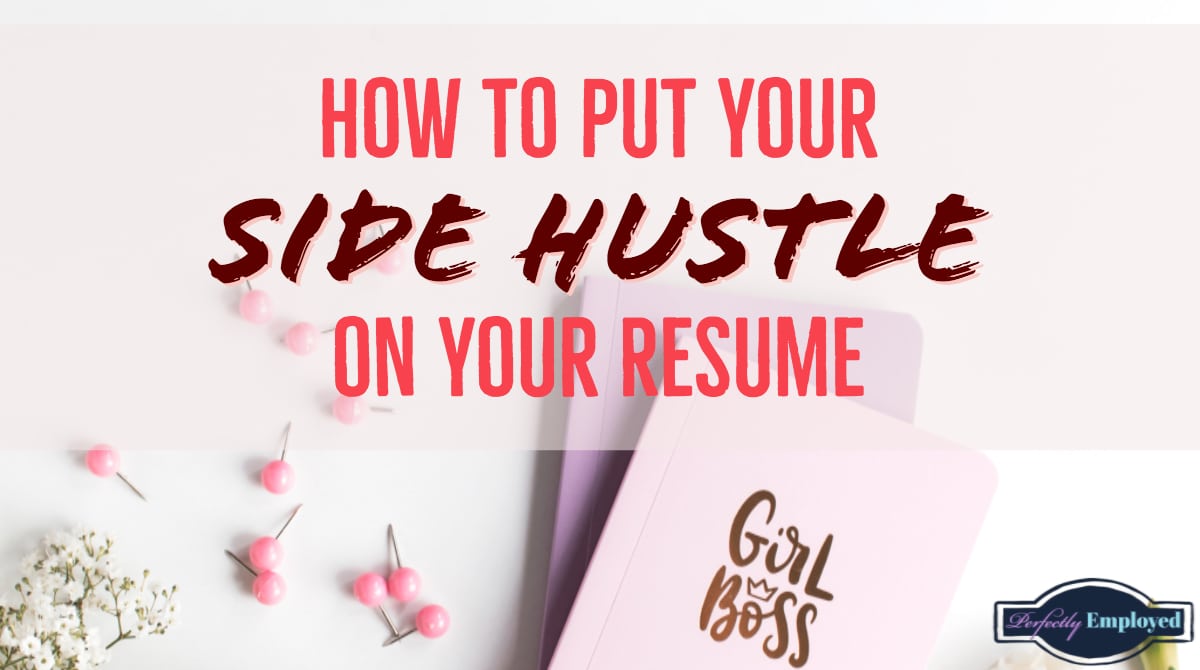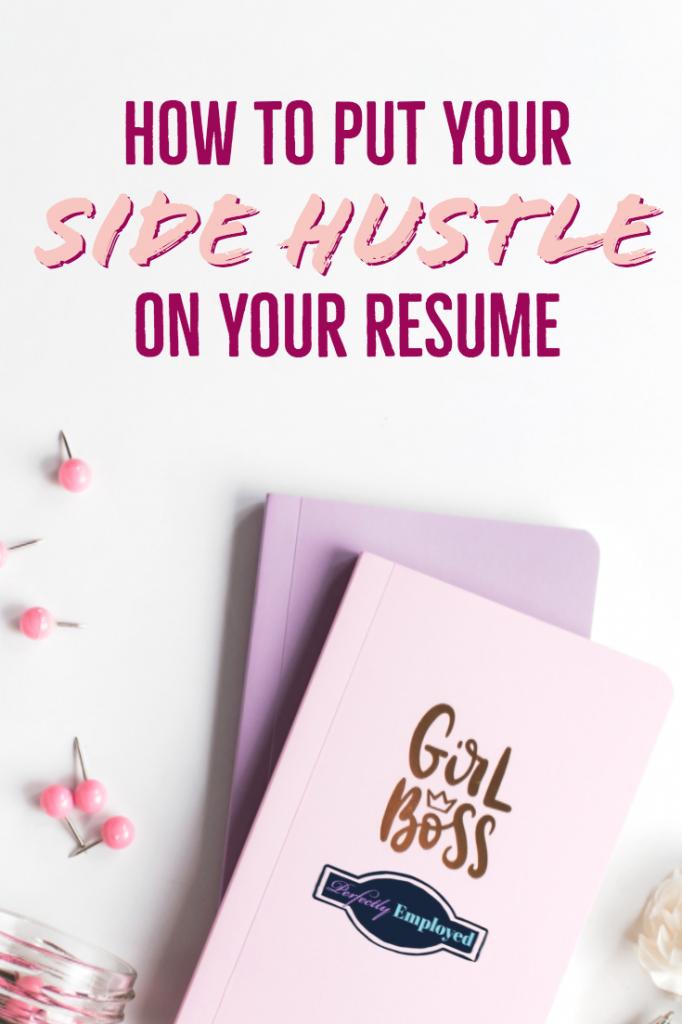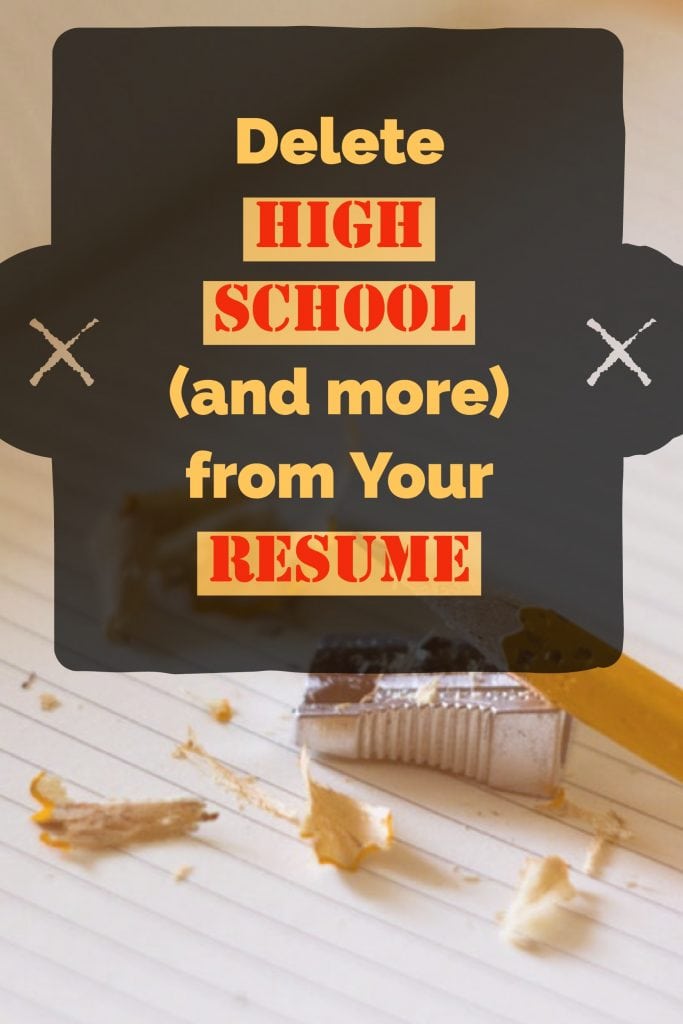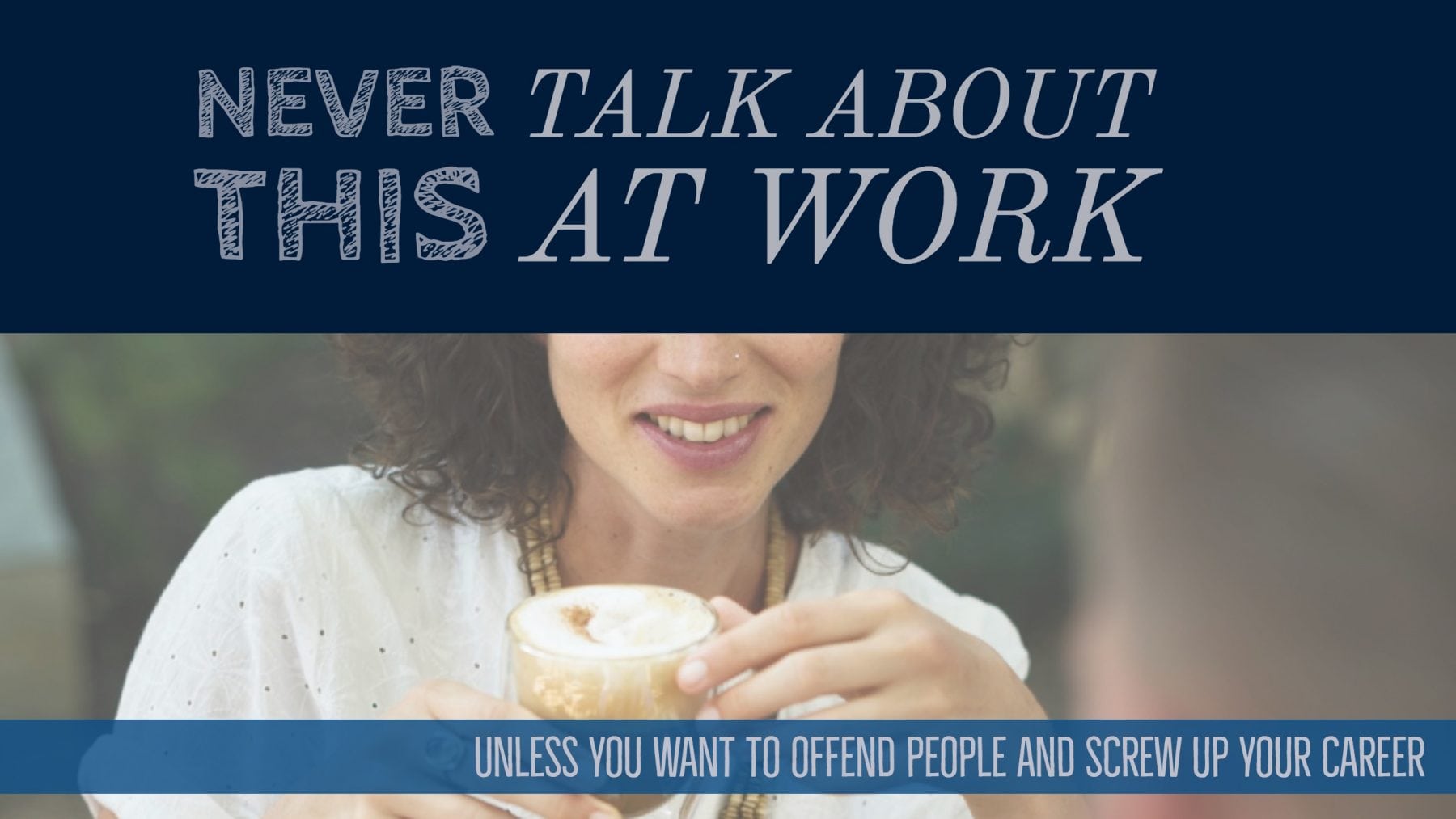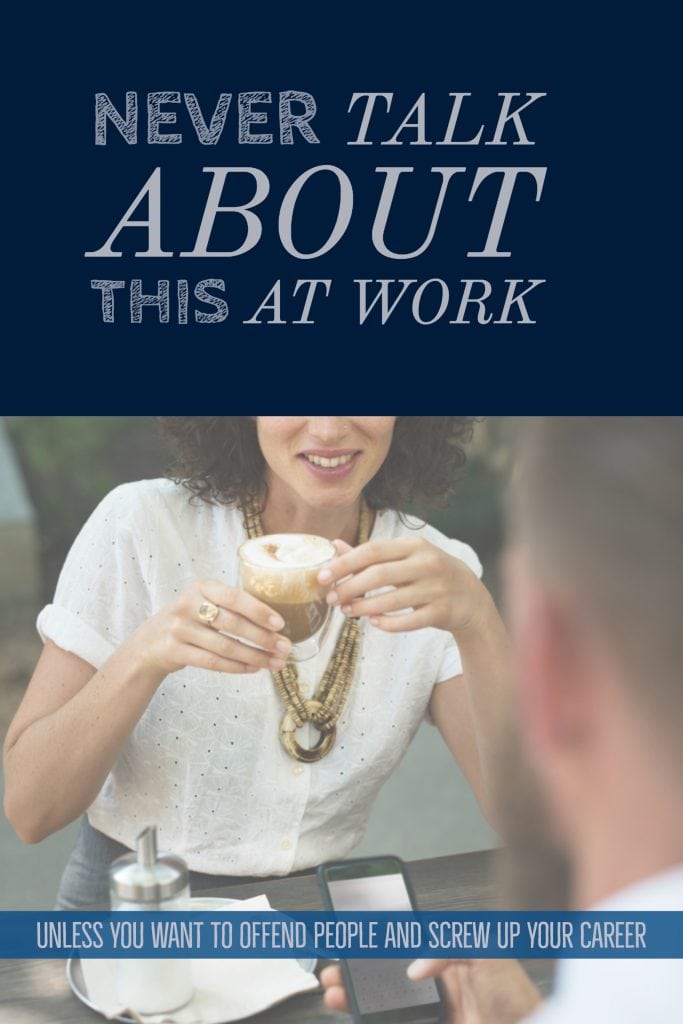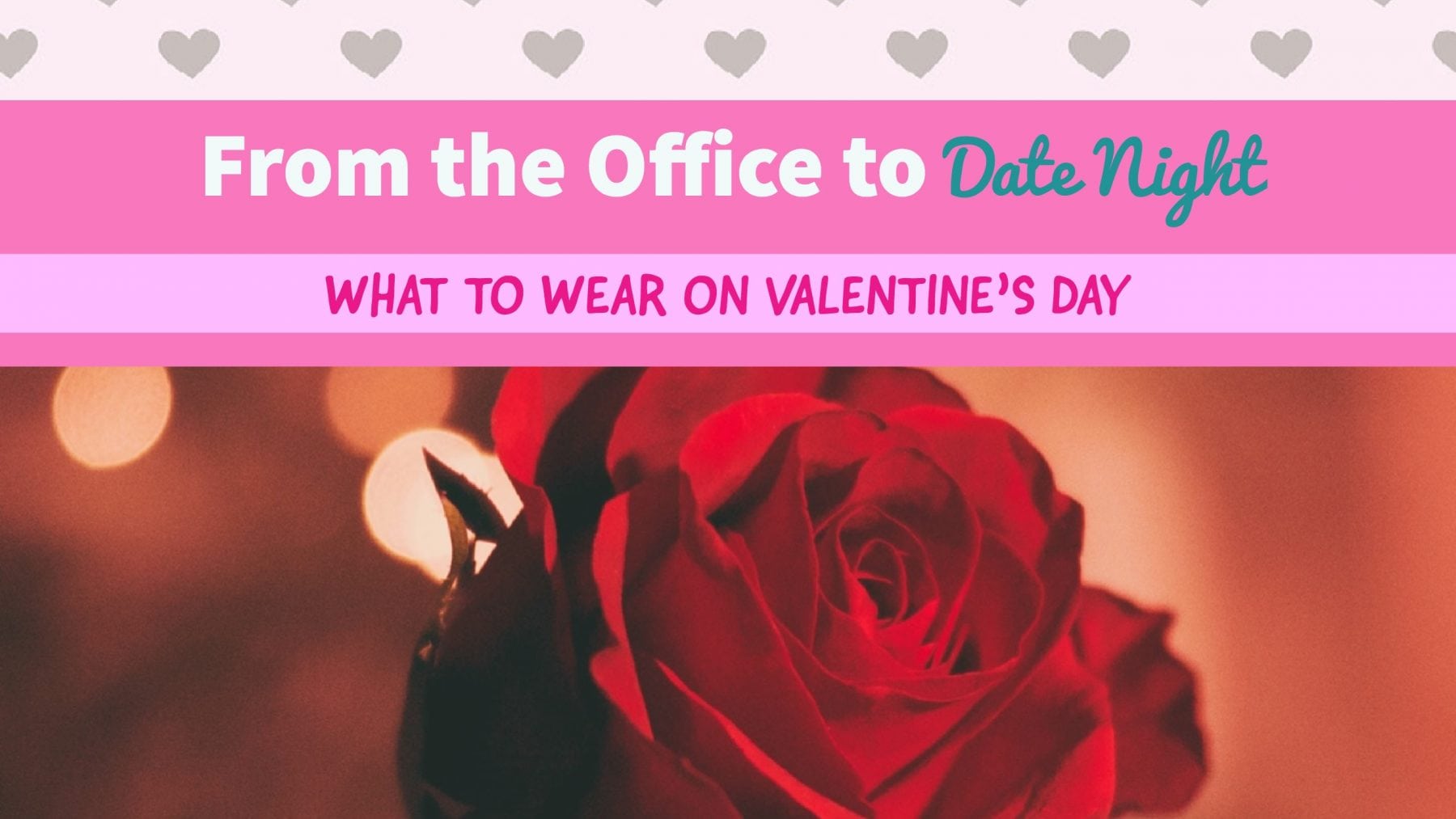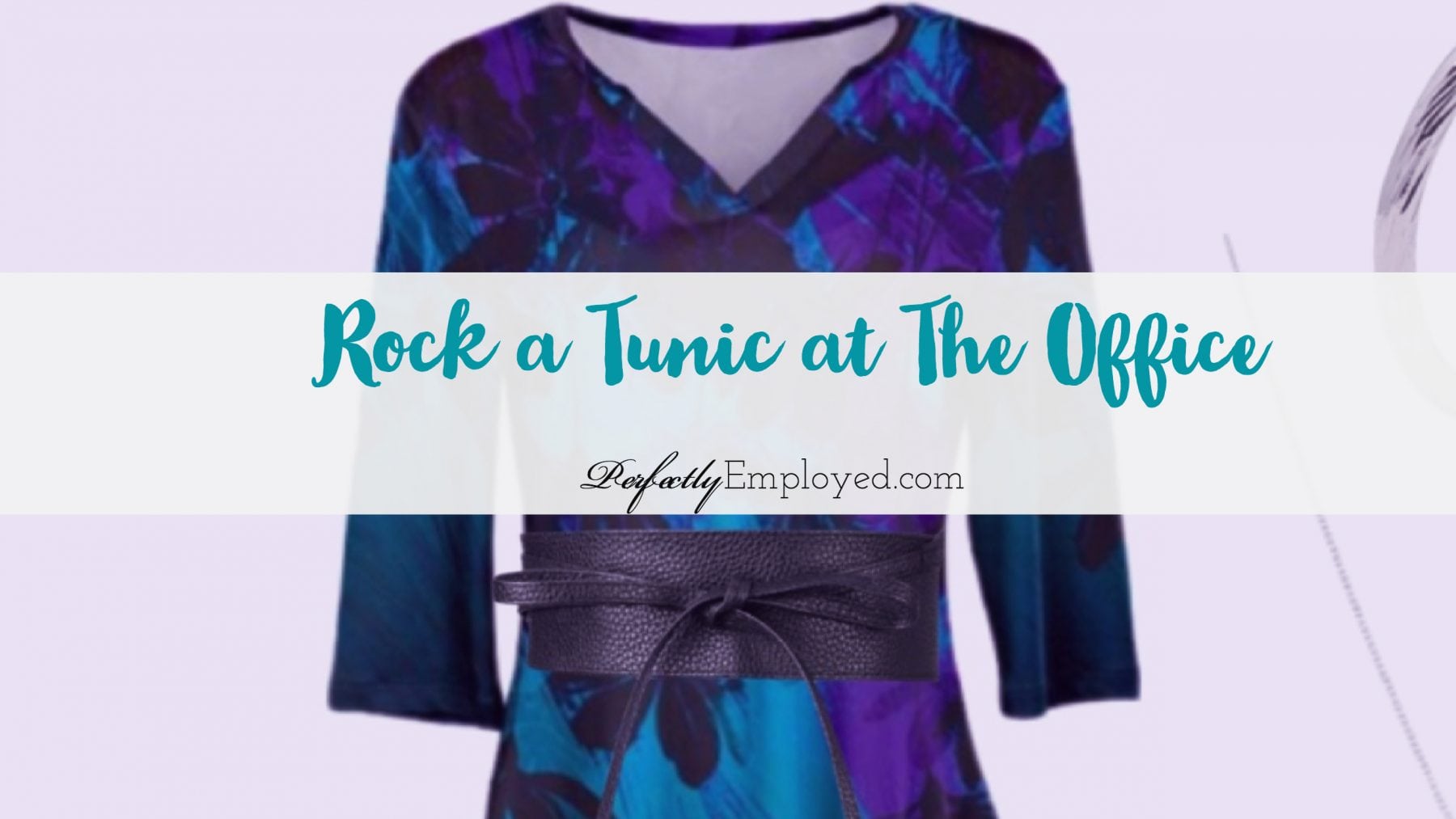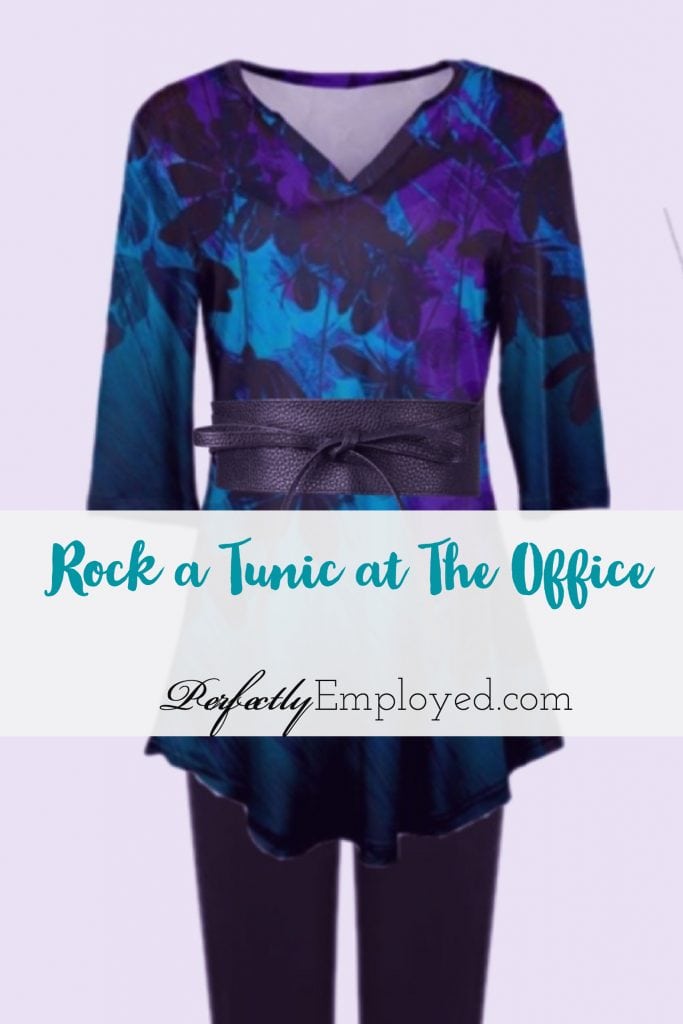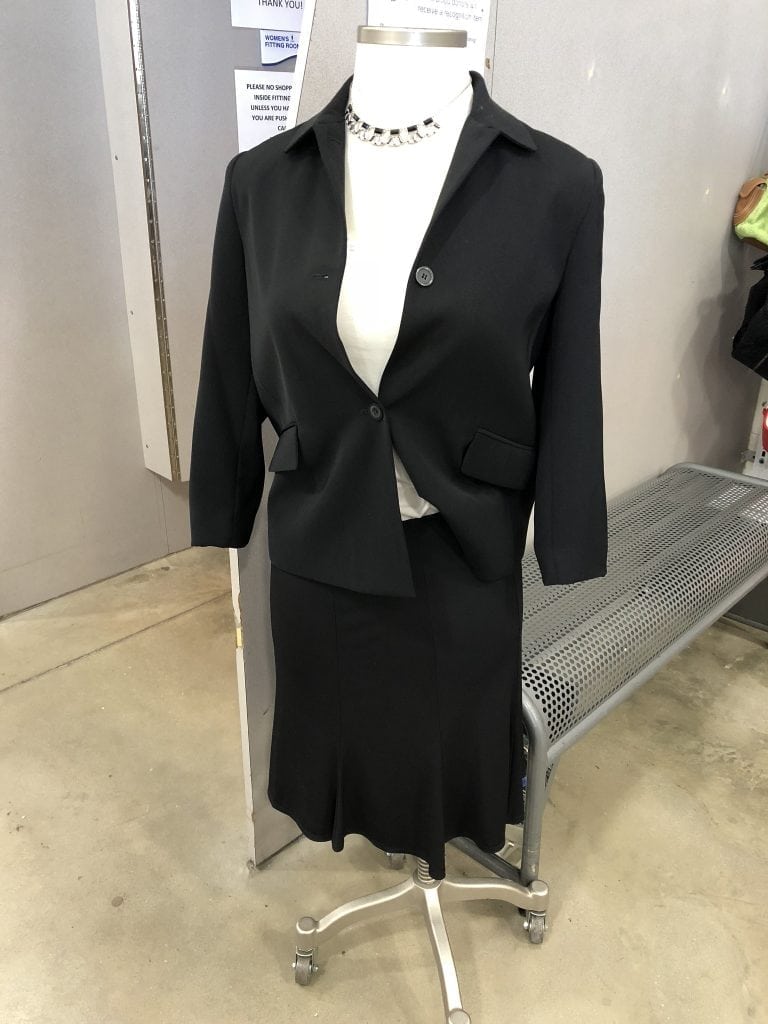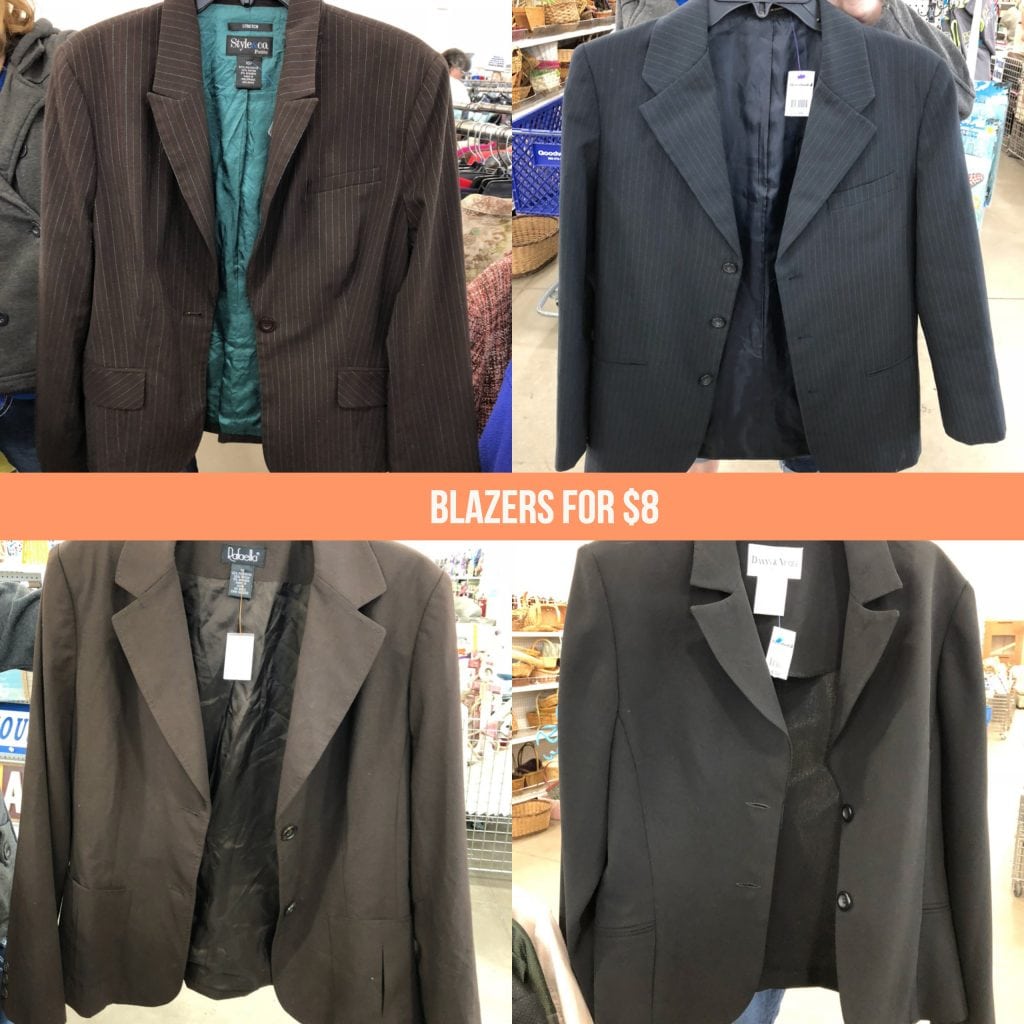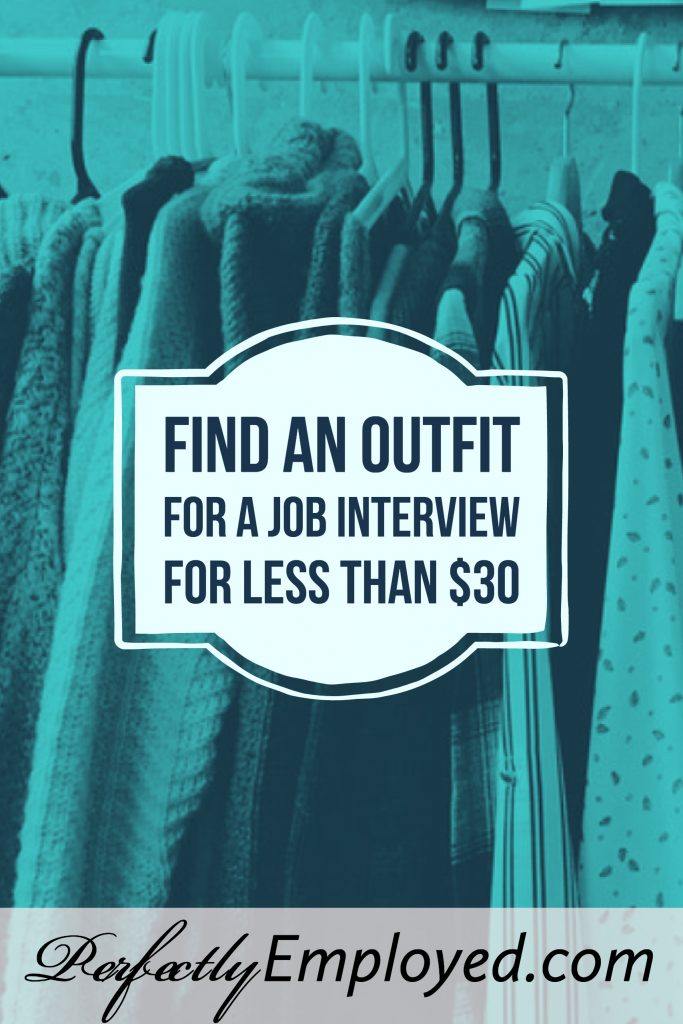

Dear HR,
I have been in the same job with the same company for five years. I am ready to take the next step on my career path into a management position. Unfortunately, my current company does not have a position open, nor will it have a management position open for quite awhile.
I’ve started applying to management jobs with other companies, and one question they all seem to ask is, “What is your current salary?” In comparison with management jobs, my current salary is significantly less. I don’t want to ruin my chances of negotiating a salary that honors my experience and skills, so what should I say? Should I lie about my current salary in order to get a higher offer?
Sincerely,
Show Me the Money
One question they all seem to ask is, “What is your current salary?”
Dear Show Me the Money,
It’s admirable that you’ve recognized that you’re ready to make a step forward in your career. Good for you!
With a step up to a management position, you should expect to be paid a fair salary that reflects the duties of the position. Managers have more responsibility and are often expected to work more hours than worker-bee employees. For this reason, salaries are often lucrative. If you are applying for manager positions within your industry, you can expect a decent pay increase when you change jobs.
You ask if you should lie about your current salary, and the answer is no, you should not. If you are hired, and your new employer finds out you lied to them, your work environment will become quite awkward. You may even get fired. Besides, do you want to start a relationship with your new boss based on a lie?
That said, you don’t have to disclose your current salary. You can say it’s confidential. However, this may not help your salary negotiations. If you are being asked about salary in an interview, you can explain the factors you are considering when it comes to your salary requirements. Perhaps your current job only requires you to work 35 hours per week, but the new job requires 40. Maybe you have a longer commute that will cost you extra transportation costs.
You should also consider the new job’s benefits package in your negotiation process. Always ask about benefits before discussing salary. Some employers offer excellent health care coverage with low premiums, while others have bare-bones high deductible plans that will cost you thousands per year. We’ve seen job offers that included transportation reimbursements that save employees hundreds per year. So, salary alone isn’t the only thing you should consider. Gather all of your information before you start negotiating.
Happy Negotiating,
HR

